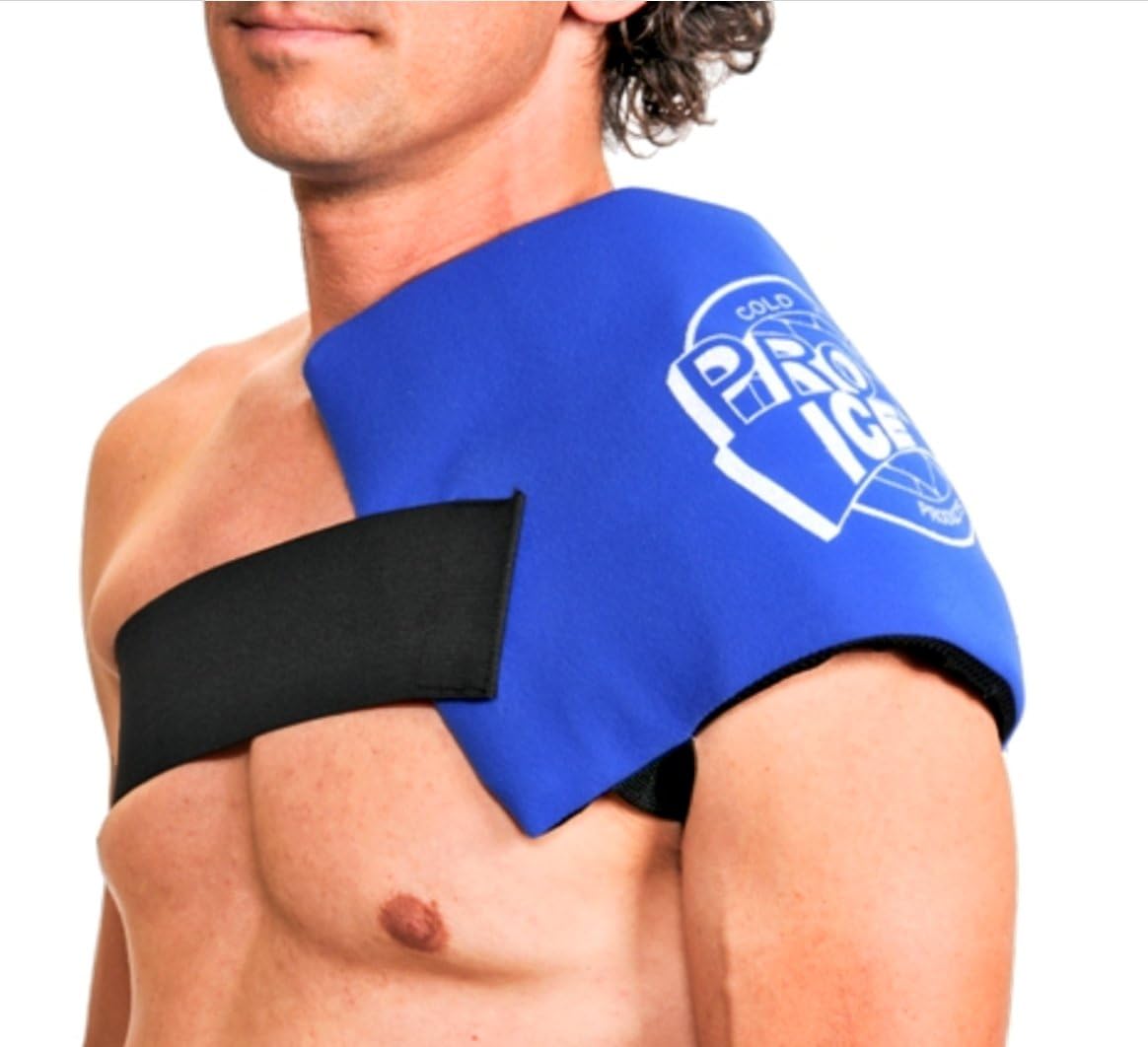What are the symptoms of a separated shoulder?
A separated shoulder, or acromioclavicular (AC) joint separation, occurs when the collarbone (clavicle) and shoulder blade (scapula) are displaced at the AC joint. Symptoms of a separated shoulder can include:
- Shoulder Pain: Sharp or aching pain at the top of the shoulder, which may worsen with movement or pressure.
- Swelling: Swelling or bruising around the shoulder area.
- Tenderness: Tenderness over the AC joint, which can be felt when touched or pressed.
- Deformity: A noticeable bump or deformity at the top of the shoulder where the clavicle meets the scapula. This bump is due to the displacement of the collarbone.
- Limited Range of Motion: Difficulty or pain when trying to move the arm, especially when lifting it or reaching across the body.
- Weakness: Weakness in the shoulder or difficulty using the arm for certain activities.
- Bruising: Bruising in the area around the shoulder, which can extend to the arm or chest.
Symptoms can vary in severity depending on the extent of the separation. In more severe cases, individuals may experience significant pain and loss of function. If you suspect a separated shoulder, it’s important to seek medical attention for an accurate diagnosis and appropriate treatment.
What are the causes of a separated shoulder?
A separated shoulder, or acromioclavicular (AC) joint separation, is typically caused by trauma or injury that affects the AC joint, where the collarbone (clavicle) meets the shoulder blade (scapula). Common causes include:
- Trauma or Injury: Direct impact or a blow to the shoulder, often from sports, falls, or accidents, can cause the clavicle to dislocate from the AC joint.
- Sports Injuries: Contact sports like football, hockey, or rugby are common causes due to collisions or falls that impact the shoulder area.
- Falls: Falling onto the shoulder or outstretched arm can force the collarbone out of alignment with the shoulder blade.
- Overuse or Repetitive Stress: Although less common, repetitive stress or overuse in certain activities might contribute to a separation, particularly if the shoulder is subjected to frequent strain.
- High-Impact Accidents: Motor vehicle accidents or other high-impact trauma can result in significant force to the shoulder, leading to a separated shoulder.
The severity of the separation can vary, ranging from mild sprains to complete dislocations, with treatment and recovery depending on the extent of the injury. If a separated shoulder is suspected, it’s important to seek medical attention for proper evaluation and management.
What is the treatment for a separated shoulder?
The treatment for a separated shoulder, or acromioclavicular (AC) joint separation, depends on the severity of the injury. Here are common treatment approaches:
- Rest and Immobilization: For mild to moderate separations (Grade I and II), the initial treatment often involves resting the shoulder and immobilizing it with a sling or brace to reduce movement and prevent further injury.
- Ice Application: Applying ice to the injured area can help reduce pain and swelling. This is typically done for 15-20 minutes at a time, several times a day, especially in the first 48 hours after the injury.
- Pain Management: Over-the-counter pain relievers such as ibuprofen or acetaminophen can help manage pain and inflammation. In some cases, a healthcare provider may prescribe stronger medications if needed.
- Physical Therapy: Once the acute pain and swelling subside, physical therapy may be recommended to restore strength, flexibility, and range of motion in the shoulder. Exercises may focus on strengthening the shoulder muscles and improving function.
- Surgical Intervention: For more severe separations (Grade III and above), where the clavicle is significantly displaced or the AC joint is severely damaged, surgical intervention may be necessary. Surgery may involve repairing or reconstructing the AC joint, often with the use of screws, plates, or sutures.
- Rehabilitation: Post-surgery, a structured rehabilitation program is important to ensure proper healing, regain full function, and prevent complications. This may include physical therapy and gradual reintroduction of activities.
- Avoiding Aggravating Activities: During the recovery period, it’s important to avoid activities that could exacerbate the injury or delay healing, such as lifting heavy objects or engaging in high-impact sports.
The specific treatment plan will depend on the grade of the separation and individual circumstances. Consulting with a healthcare provider for a personalized treatment plan and follow-up care is crucial for optimal recovery.

Leave a Reply
You must be logged in to post a comment.